Friant NOVO User manual
Other Friant Indoor Furnishing manuals
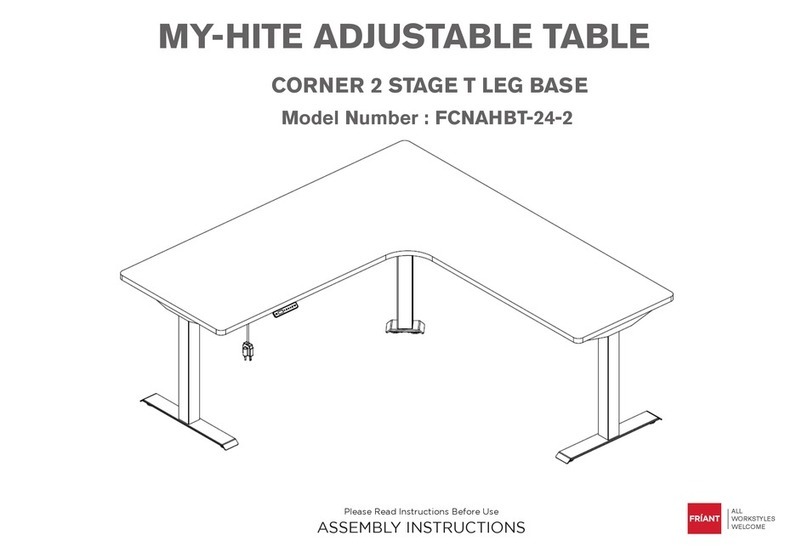
Friant
Friant FCNAHBT-24-2 User manual
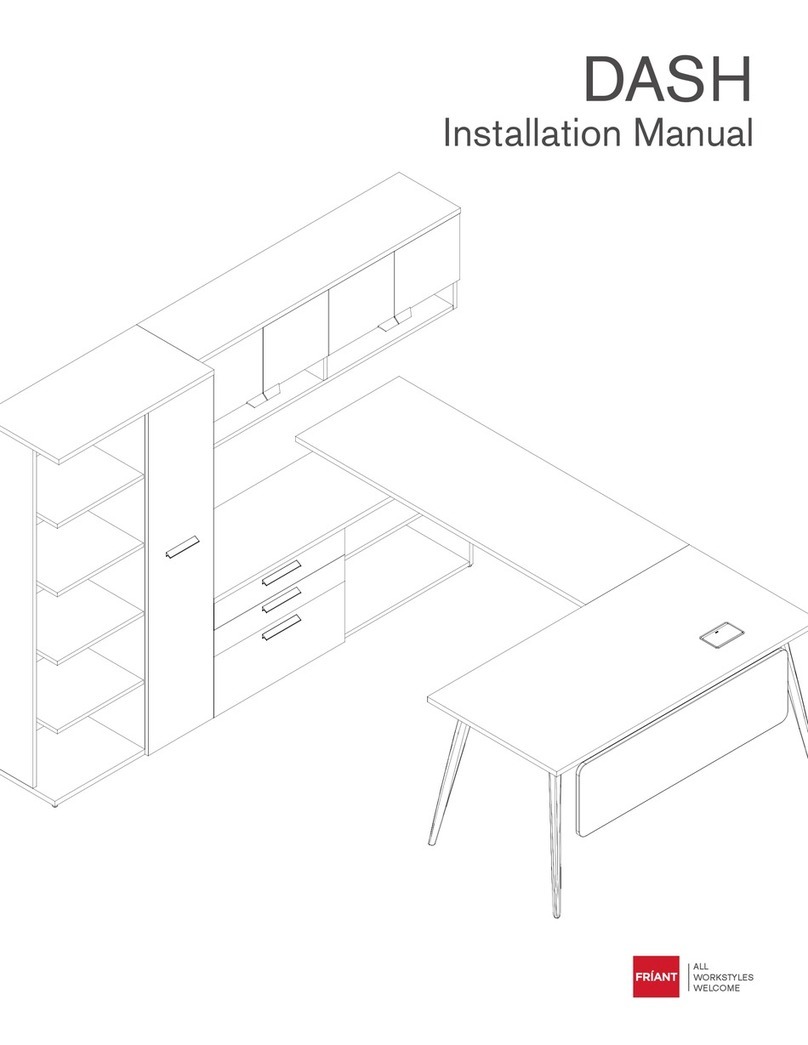
Friant
Friant DASH User manual
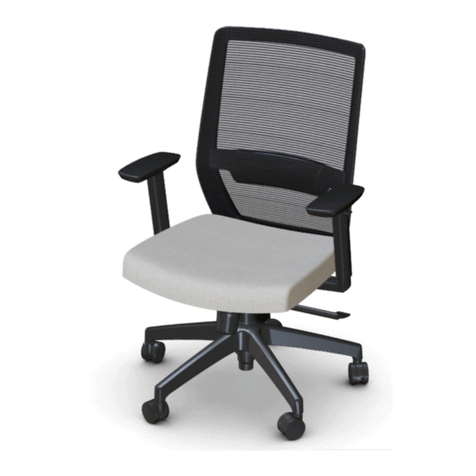
Friant
Friant Vektor User manual
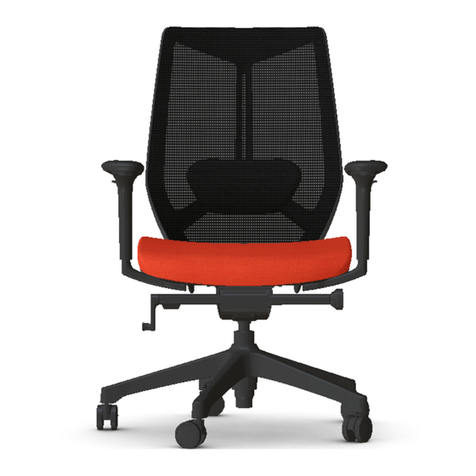
Friant
Friant IGNITE User manual
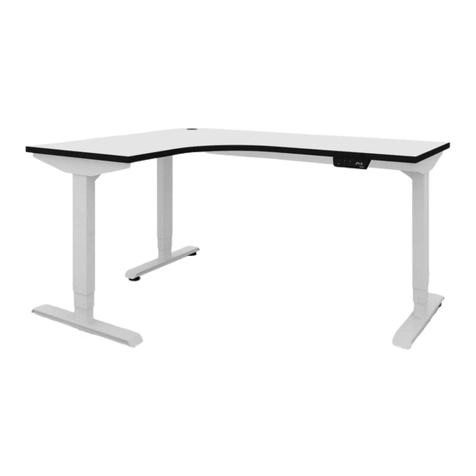
Friant
Friant MY-HITE FCNAHBT User manual
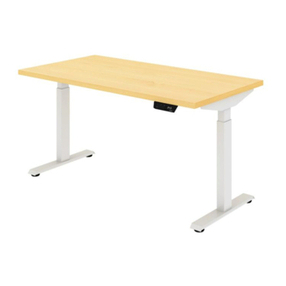
Friant
Friant FSQAHTB User manual
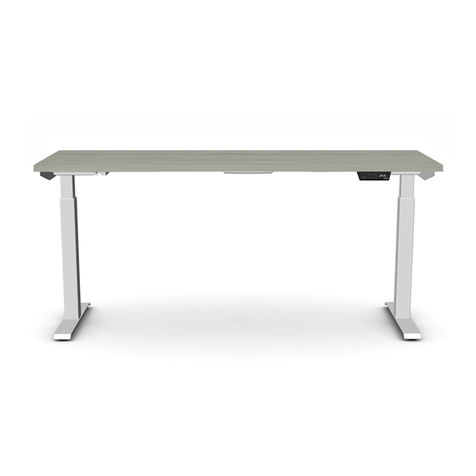
Friant
Friant MY-HITE FSQAHBT-24-2 User manual
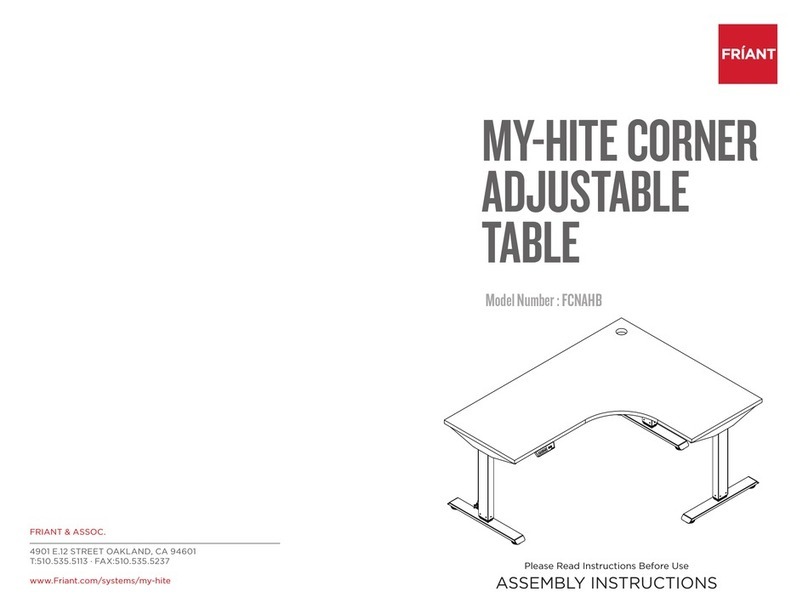
Friant
Friant FCNAHB User manual
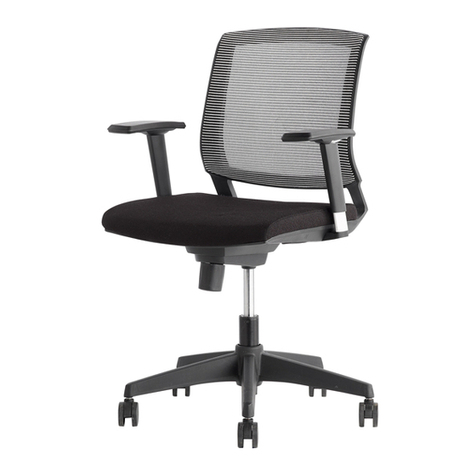
Friant
Friant AMENITY User manual
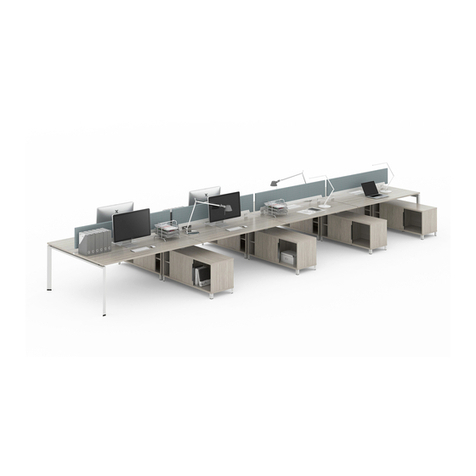
Friant
Friant Verity User manual
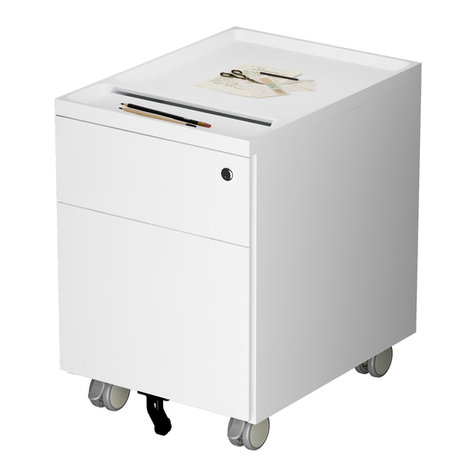
Friant
Friant FBFPED.MOB User manual
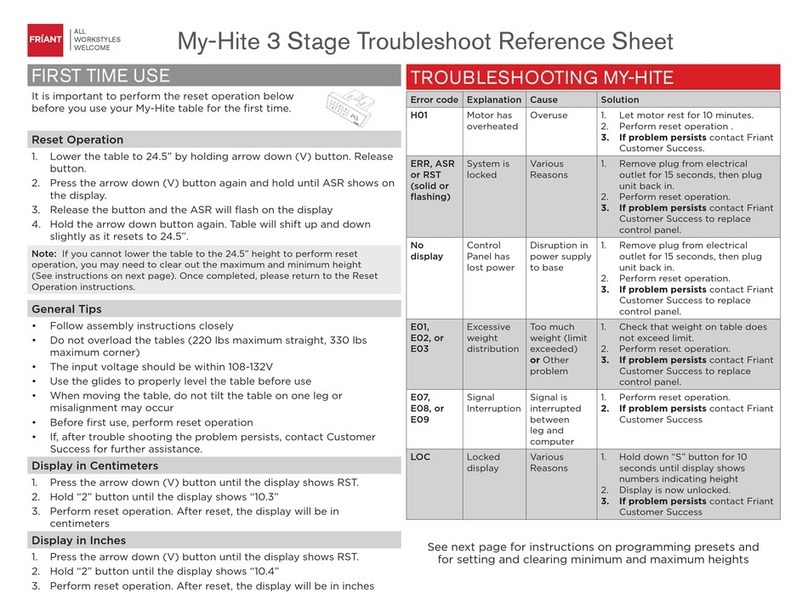
Friant
Friant MY-HITE User manual
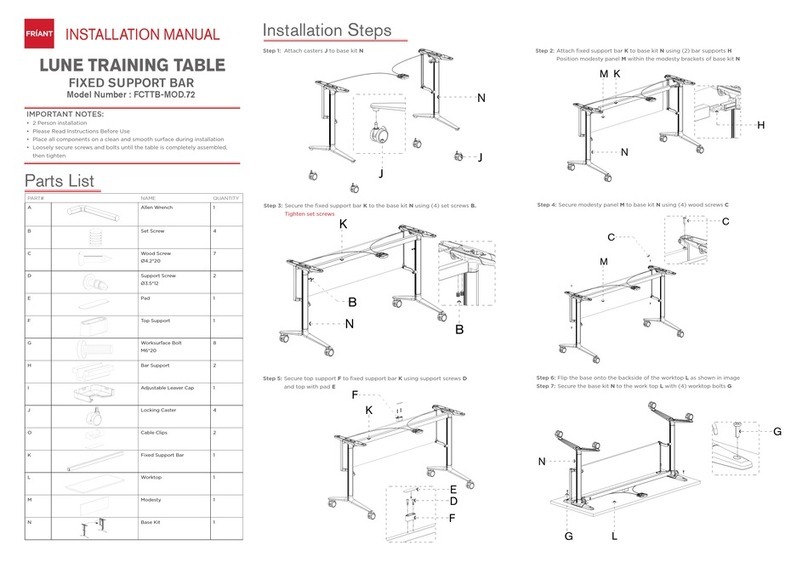
Friant
Friant LUNE FCTTB-MOD.72 User manual
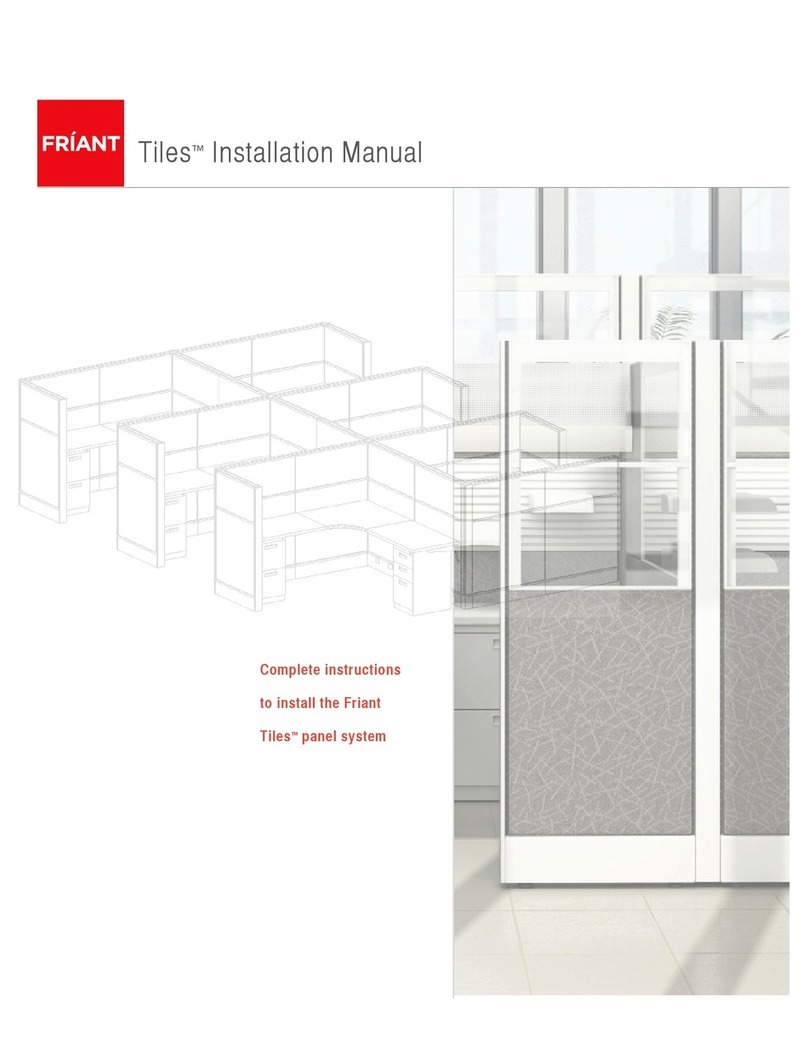
Friant
Friant Tiles User manual
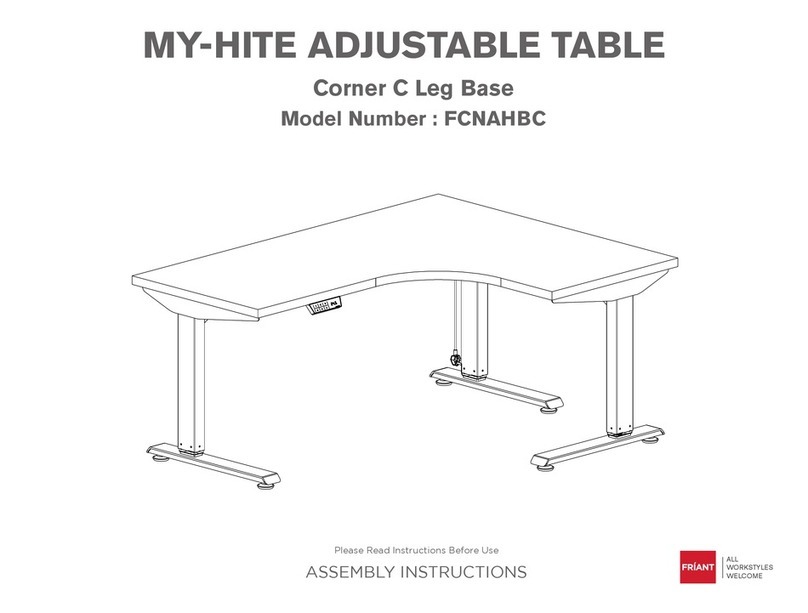
Friant
Friant FCNAHBC User manual
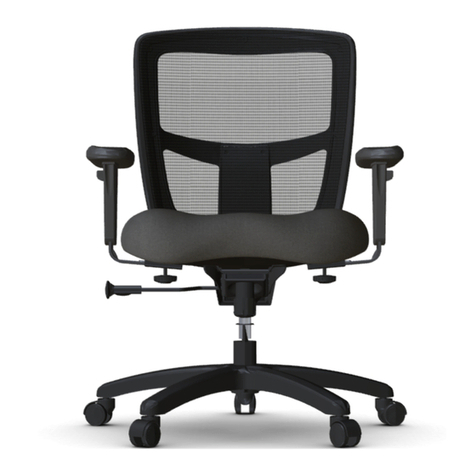
Friant
Friant ZONE CLASSIC FRI-BJ-MM2333M User manual
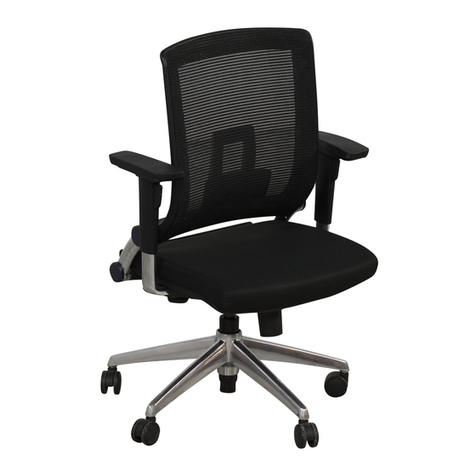
Friant
Friant CELESSE User manual
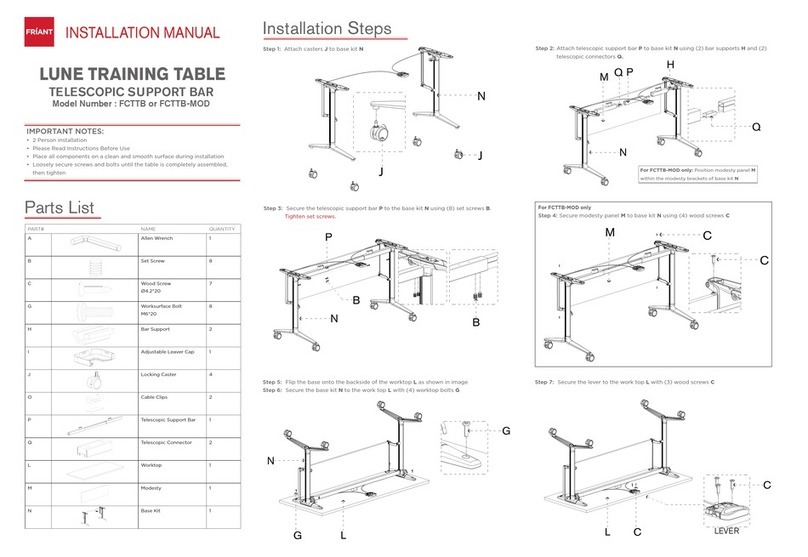
Friant
Friant LUNE FCTTB User manual
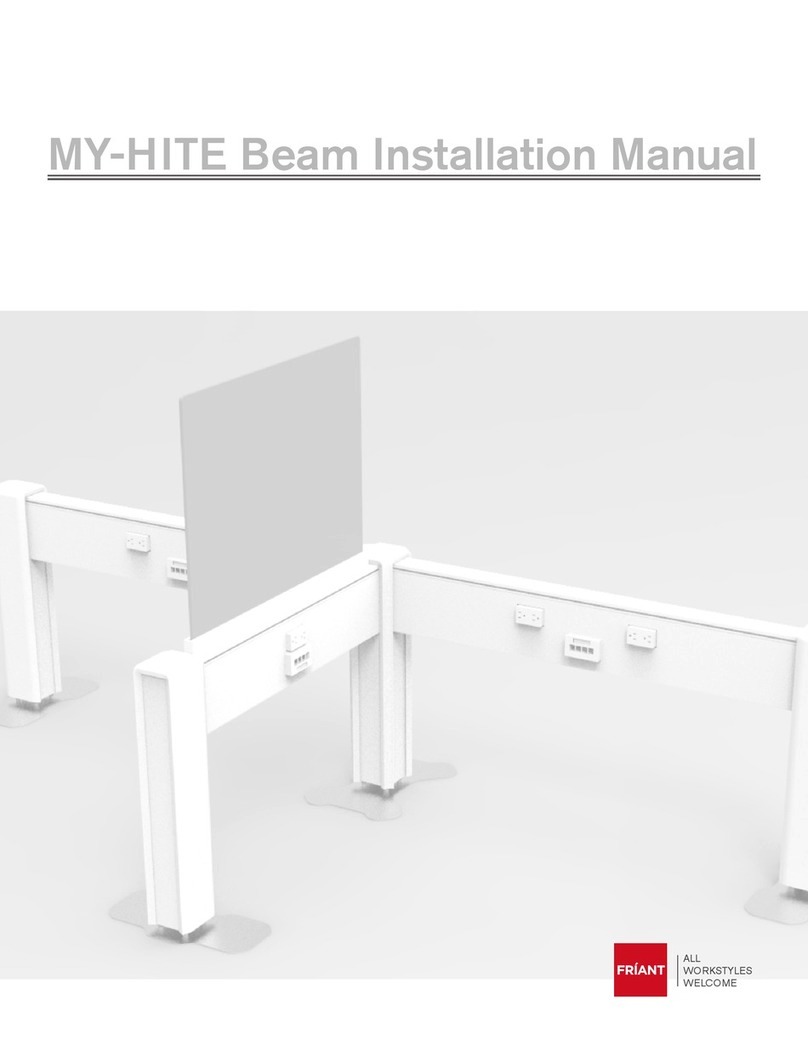
Friant
Friant MY-HITE Beam User manual
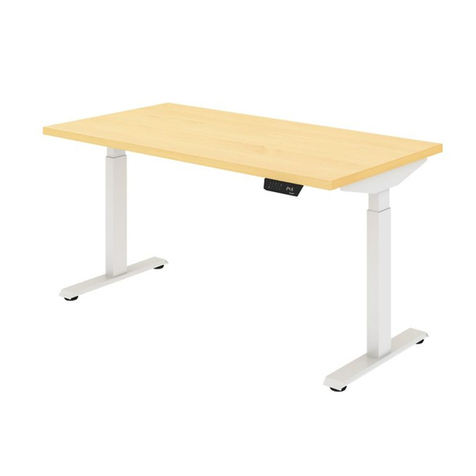
Friant
Friant FSQAHT User manual
Popular Indoor Furnishing manuals by other brands

Regency
Regency LWMS3015 Assembly instructions

Furniture of America
Furniture of America CM7751C Assembly instructions

Safavieh Furniture
Safavieh Furniture Estella CNS5731 manual

PLACES OF STYLE
PLACES OF STYLE Ovalfuss Assembly instruction

Trasman
Trasman 1138 Bo1 Assembly manual

Costway
Costway JV10856 manual























